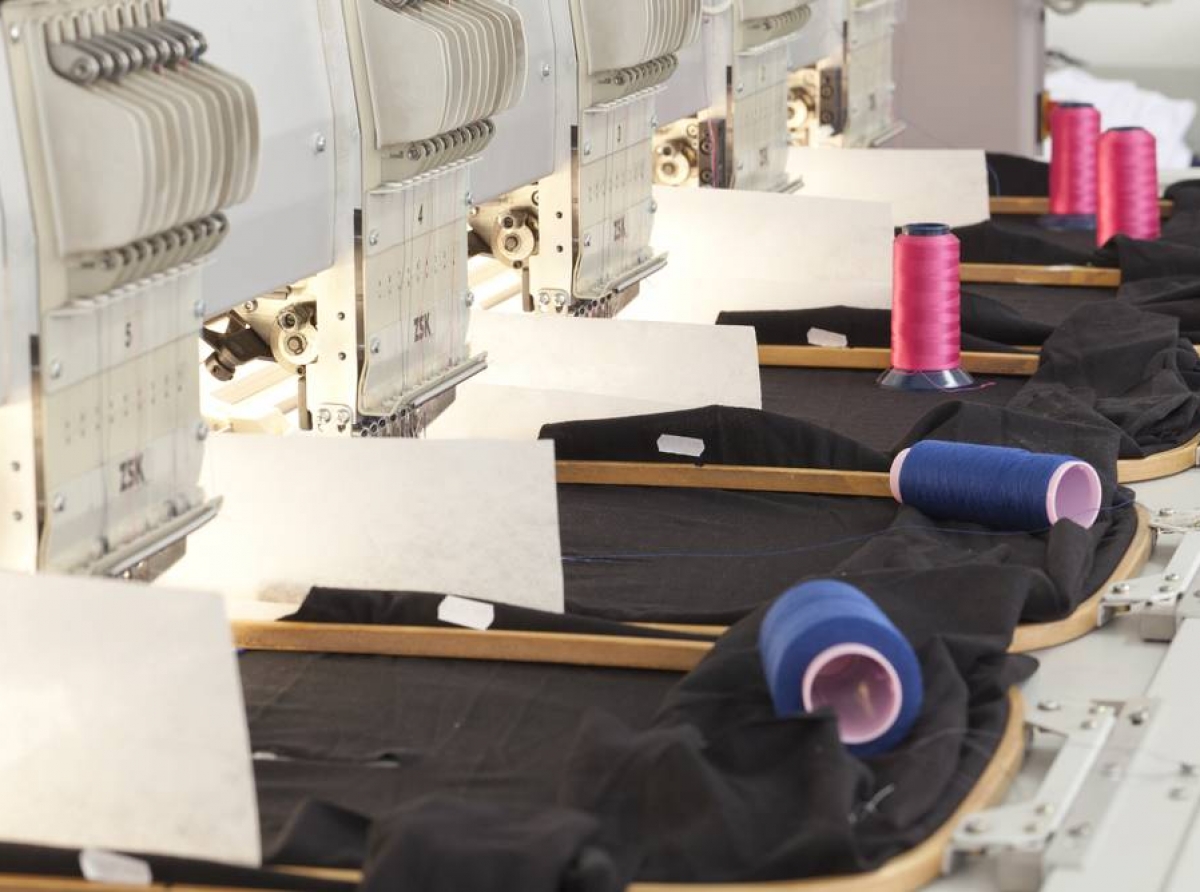Poor infrastructure hinders success of apparel parks in India

As Indian garment industry invests considerable time and money in training operators, factories were earlier set up closer to human settlements such as slums and semi-urban areas. However, with increasing urbanization, most factories moved away from residential colonies to designated industrial areas.
For seamless value-addition
The development of industrial areas began in 2005, a year the Scheme for Integrated Textile Parks (SITPs) was launched to promote industrial clusters complying with environmental and social concerns of global business. As per Financial Express, these SITPs proposed to offer seamless value addition from yarn to garment. In all, the government sanctioned 74 SITPs, of which only 30 are currently functioning, as per a 2016 Ministry of Textiles report.
Some of these parks including Jaipur Integrated Texcraft Park, Lotus Integrated Texpark, Ludhiana Integrated Textile Park, etc, have been developed by the government; while others like Brandix India Apparel City have been privately developed. Most parks have are for domestic and exports. While some specialize in textiles, others manufacture both textiles and garments. For example, the apparel export park at Gundlapochampally, Hyderabad and Doddaballapur Apparel Park, Bengaluru was set for exporting garments. However, both parks are currently un-operational with most units in the Hyderabad Park rented out for warehousing. The Bengaluru Park too has only few units in operation.
Inaccessibility, higher costs and poor marketing
One reason for the failure of these parks is their location. Most of these parks are located outside cities and towns, making them inaccessible to women workers. Poor connectivity due to lack of transport and poor roads also prevents investors from developing them. Instead, investors prefer nearby container depots which enable to move raw materials and goods easily. Also, investors find owing a piece of land inside these parks more expensive than outside. These parks are also smaller in size compared to international apparel parks that are usually spread over 150 acre.
Many parks are dedicated to a single activity like weaving or garmenting, which makes them highly impractical to survive. They have been funded by the Central and state governments and lack common facilities like effluent treatment plants, living quarters, hospitals, restaurants and hotels. Factories located inside these parks do not operate as they lack basic infrastructural facilities.
These parks also suffer from unprofessional marketing which prevents international buyers and brands like JC Penney, GAP, Esprit, Nike, Zara, H&M, etc from setting up units. To attract these brands, the government need to focus on developing these parks, making them financially viable.
























